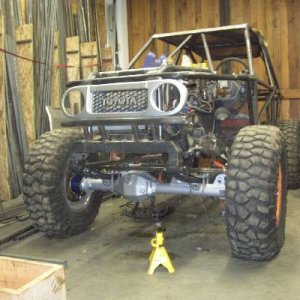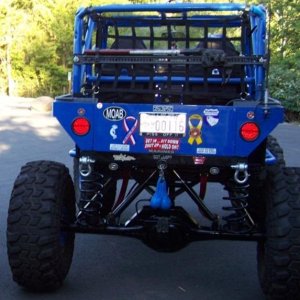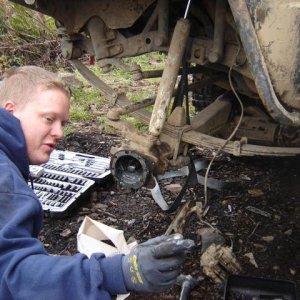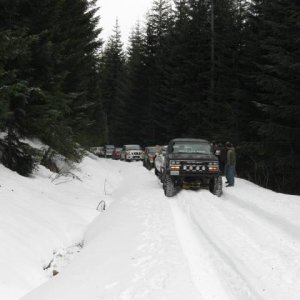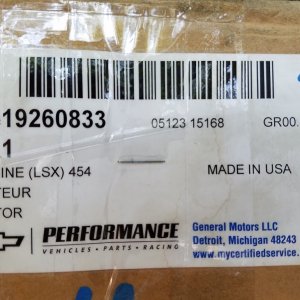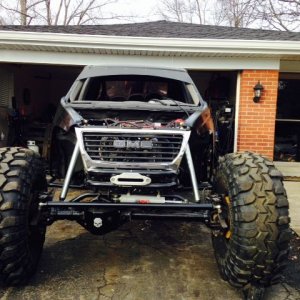Sniper
Well-Known Member
Okay so I've heard from another seasoned wheeler that improving the longevity of their Bias tires (Swamper TSL's/Iroks as well as Mickey Thompson's) was as simple as increasing the air pressure to 35Lbs. This as described by my fellow wheeler allowed the tires to stay cool w/o generating as much heat as a tire with a lower pressure would do, enabling the tires to last longer.
Anyone care to offer their opinion on this subject as it would be interesting to know if this is in fact a good idea to preserve tread life for large big lugged daily driven Bias tires.
Cheers and thanks for your input.
Anyone care to offer their opinion on this subject as it would be interesting to know if this is in fact a good idea to preserve tread life for large big lugged daily driven Bias tires.
Cheers and thanks for your input.



